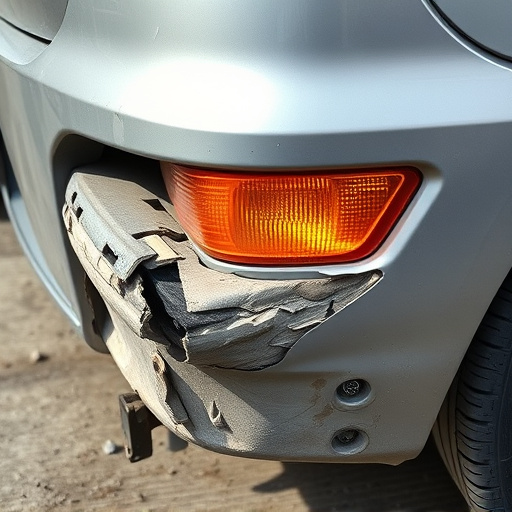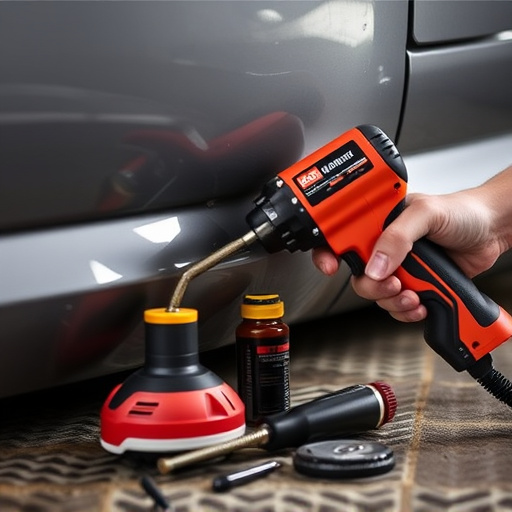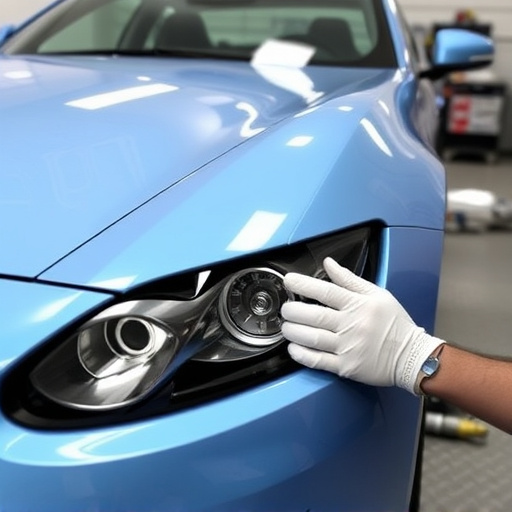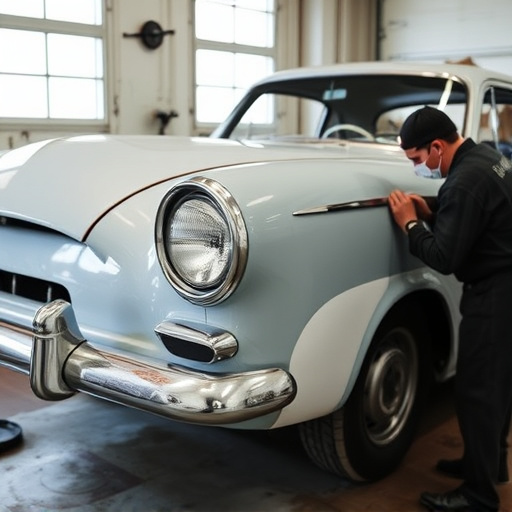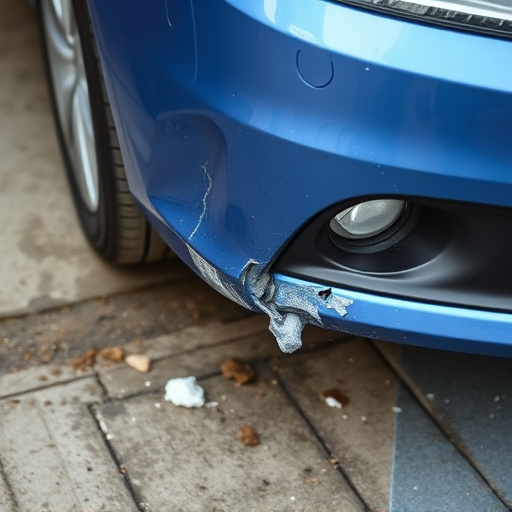Mobile estimating services have undergone a remarkable transformation driven by technology, revolutionizing vehicle damage assessments. Traditional manual processes have been replaced by advanced digital solutions like mobile apps and diagnostic tools, enabling estimators to capture detailed data remotely with accuracy and efficiency. This evolution enhances operational streamlining, reduces human errors, and improves communication through real-time updates. Integrating sensors, cameras, and artificial intelligence algorithms provides precise part identification, expedites estimate calculation, and shortens turnaround times for auto painting services. However, maintaining robust data security and addressing evolving vehicle complexities remain key challenges as mobile estimating services continue to advance in the digital era.
In today’s digital era, technology is transforming industries, and mobile estimating services are no exception. This article explores how technological advancements power the accuracy and efficiency of these services, revolutionizing traditional methods. From the evolution of mobile apps to sophisticated data analysis tools, we uncover the benefits and challenges. Discover how technology enhances data collection, streamlines processes, and improves overall service delivery in the dynamic world of mobile estimating.
- The Evolution of Mobile Estimating Services: Unlocking Efficiency with Technology
- Enhancing Accuracy: Technological Tools for Data Collection and Analysis
- Benefits and Challenges: Navigating the Impact of Technology on Service Delivery
The Evolution of Mobile Estimating Services: Unlocking Efficiency with Technology
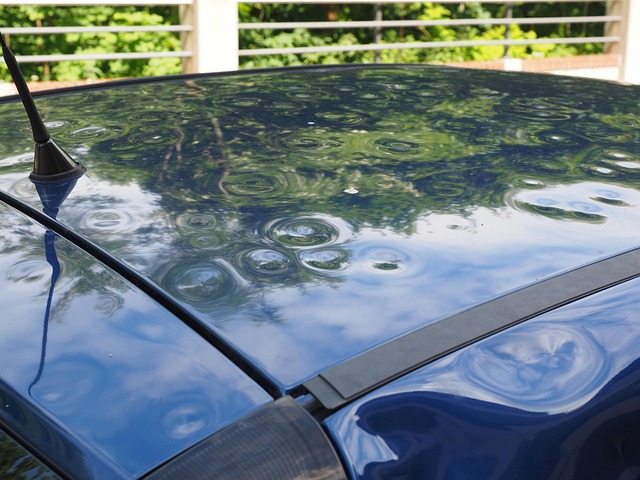
The Evolution of Mobile Estimating Services: Unlocking Efficiency with Technology
Mobile estimating services have undergone a remarkable transformation over the years, driven largely by technological advancements. What was once a manual, time-consuming process involving paperwork and on-site inspections has evolved into a streamlined digital experience. Today, thanks to innovations like mobile apps and advanced diagnostic tools, estimators can quickly capture vehicle damage data, including detailed images and sensor readings, from the comfort of their own vehicles or even remotely.
This technological revolution has significantly enhanced the accuracy and efficiency of mobile estimating services. By automating many tasks, such as damage assessment and cost calculation, technology reduces human error and expedites the entire estimate generation process. Moreover, real-time data synchronization ensures that all parties involved have access to up-to-date information, fostering transparency and facilitating smoother communication between customers, insurance providers, and collision repair centers like Mercedes-Benz repair shops.
Enhancing Accuracy: Technological Tools for Data Collection and Analysis

The advancement of technology has significantly enhanced the accuracy of mobile estimating services. Traditional methods relying on manual data collection and subjective assessments have been replaced by sophisticated tools that capture precise information, ensuring more reliable estimates for collision repair shops and auto body shops.
Mobile apps, equipped with advanced sensors and cameras, enable estimators to quickly document vehicle damage with high-resolution images and 3D scans. This digital data is then analyzed using artificial intelligence algorithms to identify parts and components affected, taking into account intricate details that were previously challenging to capture. By streamlining the estimate calculation process, these technological advancements ensure faster turnaround times for auto painting services while minimizing human error in complex cases.
Benefits and Challenges: Navigating the Impact of Technology on Service Delivery

Technology has significantly transformed the landscape of mobile estimating services, offering both substantial benefits and unique challenges. On one hand, digital tools enable efficient data collection, accurate analysis, and real-time updates, thereby enhancing service delivery. For instance, mobile apps and cloud-based platforms allow estimators to quickly access detailed vehicle information, compare historical data, and precisely calculate repair costs at the scene of an incident, streamlining processes and reducing turnaround times for both customers and service providers.
However, as technology advances, so do the complexities. Estimating services face the challenge of keeping pace with rapid technological changes in vehicle designs, materials, and repair techniques. Traditional methods may no longer be applicable to modern vehicles featuring advanced composites, electric components, or autonomous systems. Moreover, ensuring data security and privacy becomes critical as more processes go digital, especially when dealing with sensitive customer information related to accidents and damage assessments, such as those encountered in vehicle dent repair, bodywork, or car restoration scenarios.
The evolution of mobile estimating services, driven by technology, has significantly enhanced efficiency and accuracy. Technological tools for data collection and analysis have enabled real-time, precise assessments, transforming the way these services are delivered. While challenges exist, such as data privacy concerns and the need for continuous technological adaptation, the benefits—including improved customer satisfaction and cost reduction—outweigh these obstacles. Embracing these advancements is crucial for mobile estimating services to remain competitive and meet the evolving demands of their customers.
